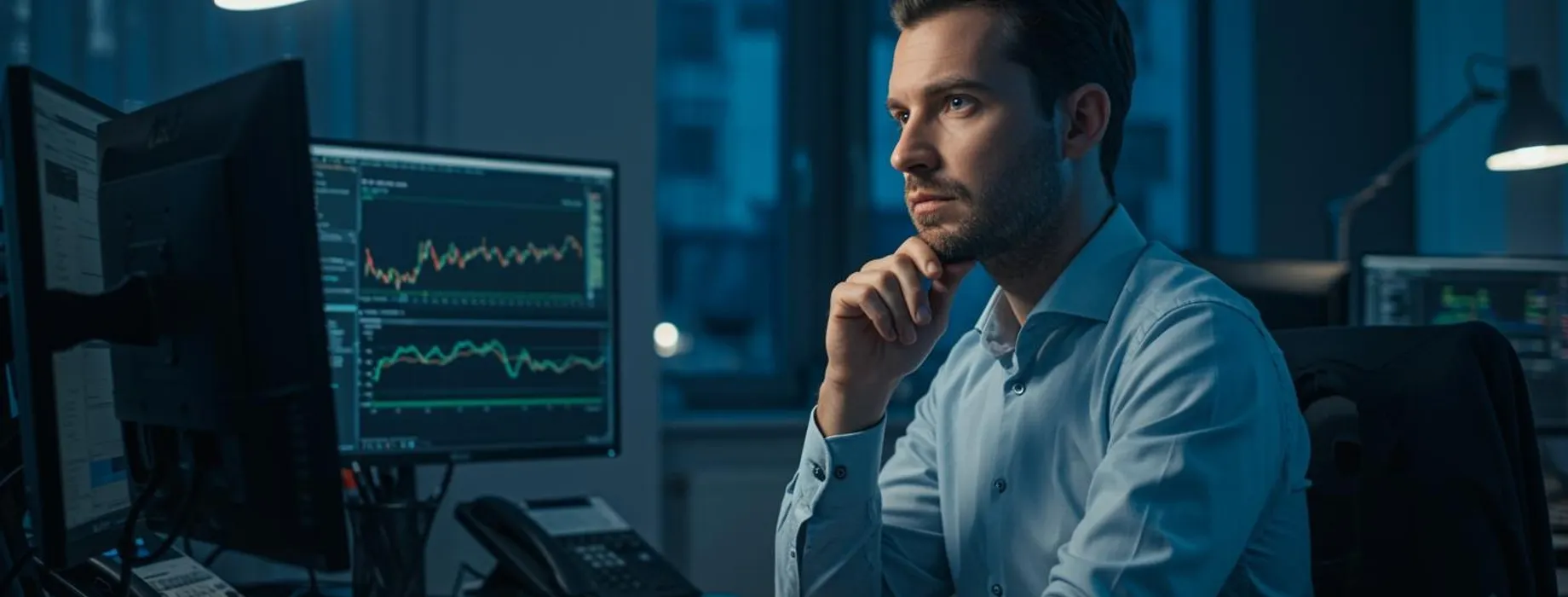- Step 1: Identify Your Options – Consider investing in either asset A or asset B.
- Step 2: Estimate the Expected Return – Asset A has an expected return of 5%, while asset B offers 7%.
- Step 3: Calculate the Opportunity Cost – Subtract the return of asset A from asset B (7% – 5% = 2%).
- Step 4: Analyze the Impact of Your Decision – The opportunity cost of choosing asset A over B is 2%.
- Step 5: Make an Informed Decision – Use this information to decide which asset to invest in, considering other factors like risk and liquidity.
Understanding How to Calculate Opportunity Cost

Opportunity cost is a fundamental concept in economics and trading that helps you evaluate the potential benefits of different choices. By understanding how to calculate opportunity cost, you can make more informed decisions, whether you're trading on platforms like Pocket Option or managing personal finances. This concept ensures you are not just aware of the immediate gains but also consider what you might be giving up. In this article, we will explore ways to calculate opportunity cost and why it’s crucial for maximizing your trading potential.
The Importance of Opportunity Cost in Trading
Opportunity cost is not just a theoretical concept; it’s a practical tool that traders use to optimize their strategies. When trading, every decision involves choosing between different assets, markets, or strategies. Understanding opportunity cost allows traders to weigh their options and choose paths that potentially offer better returns.
Opportunity Cost in Quick Trading
In quick trading, such as those offered on the Pocket Option platform, decisions need to be made rapidly. Opportunity cost becomes even more crucial as it helps traders decide whether to enter or exit a trade based on potential returns compared to alternative options. For instance, choosing between investing in a currency pair or a stock index requires understanding the opportunity cost to maximize potential gains.
Factors Influencing Opportunity Cost
Opportunity cost is influenced by several factors, including time, resources, and market conditions. Understanding these elements can aid in better decision-making, especially in dynamic markets.
Time and Resources
Time and resources are critical in assessing opportunity cost. For instance, time spent on one investment could be used elsewhere, potentially yielding higher returns. Similarly, resource allocation should be optimized to ensure maximum efficiency and profitability.
Interesting Fact: The concept of opportunity cost dates back to the early economic theories of Adam Smith and has been a cornerstone of economic thought ever since, illustrating its lasting relevance across centuries.
FAQ
What is opportunity cost in simple terms?
Opportunity cost is the potential benefit you miss out on when choosing one option over another.
Why is opportunity cost important in trading?
It helps traders make informed decisions by considering potential returns from alternative investments, leading to better strategy optimization.
Can opportunity cost be zero?
Theoretically, opportunity cost can be zero if the alternative choice offers no additional benefit over the chosen option. However, this is rare in practice.